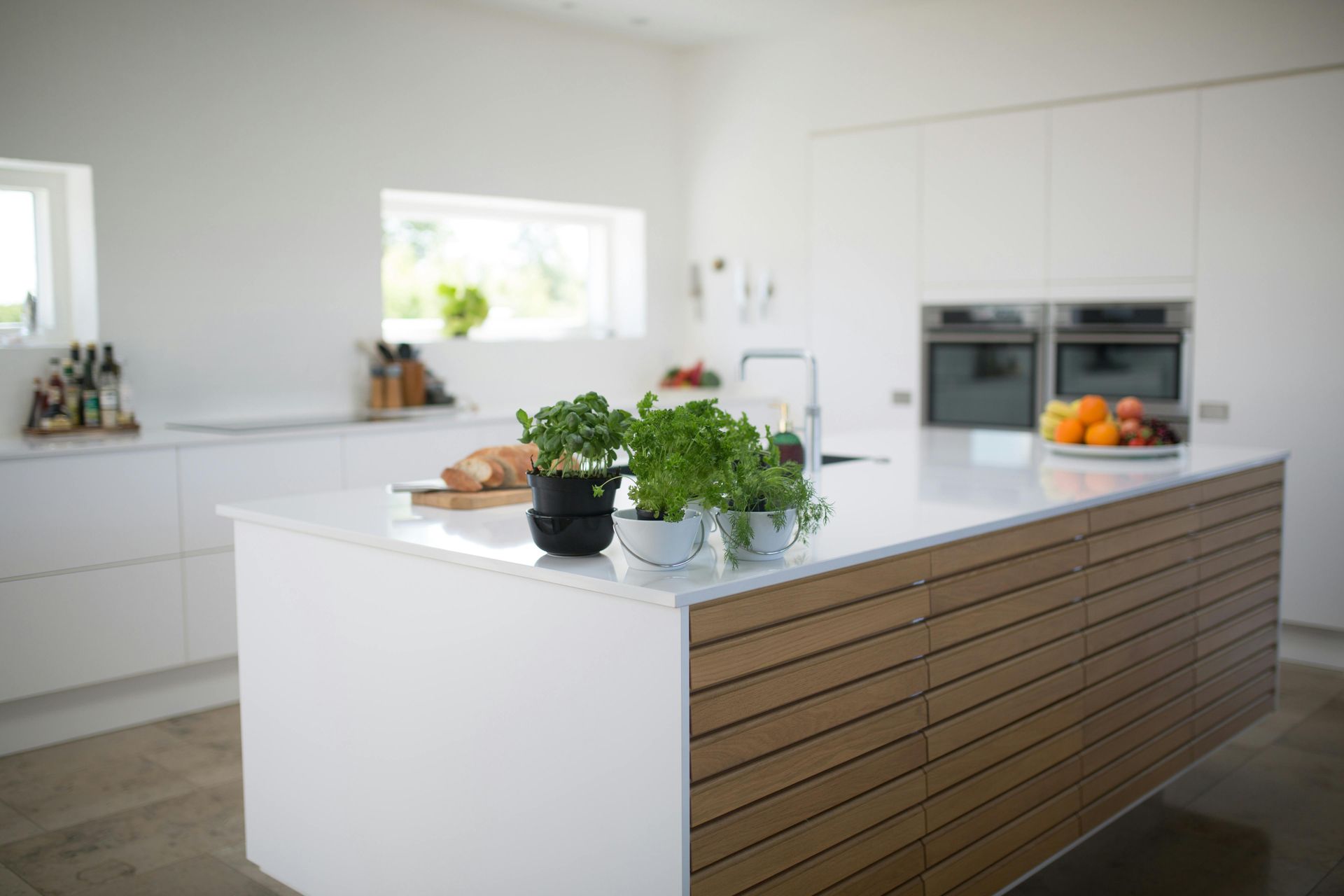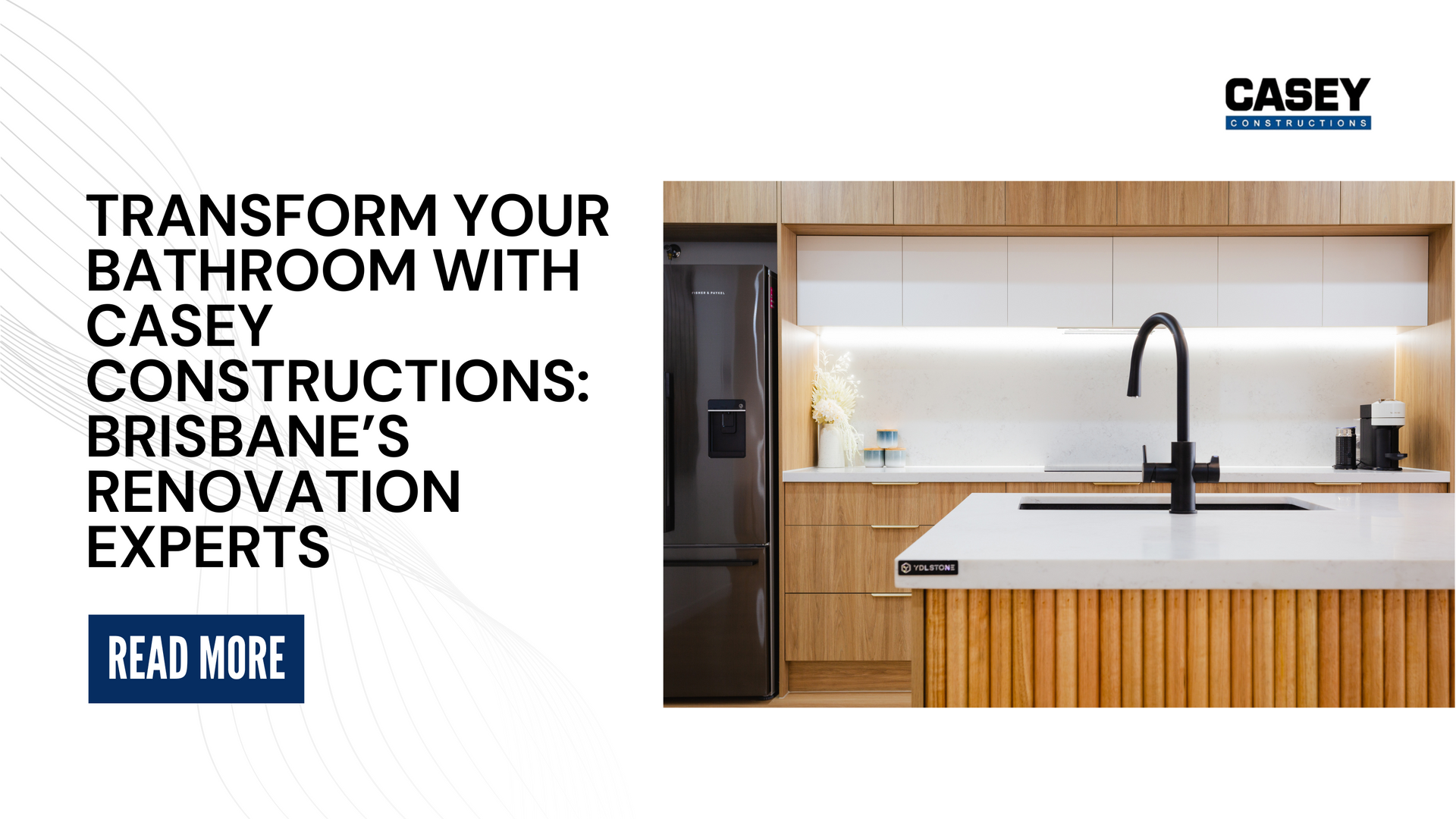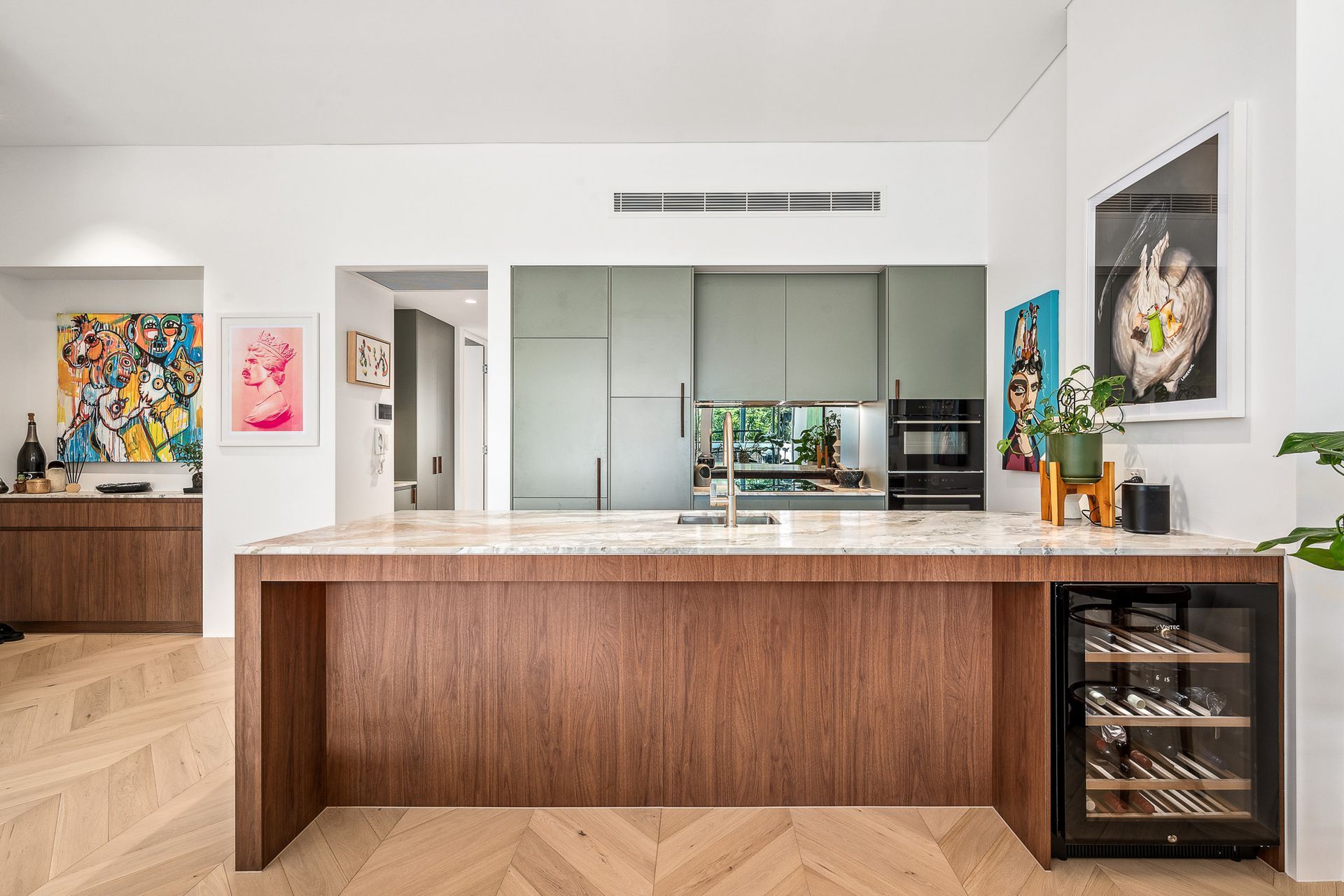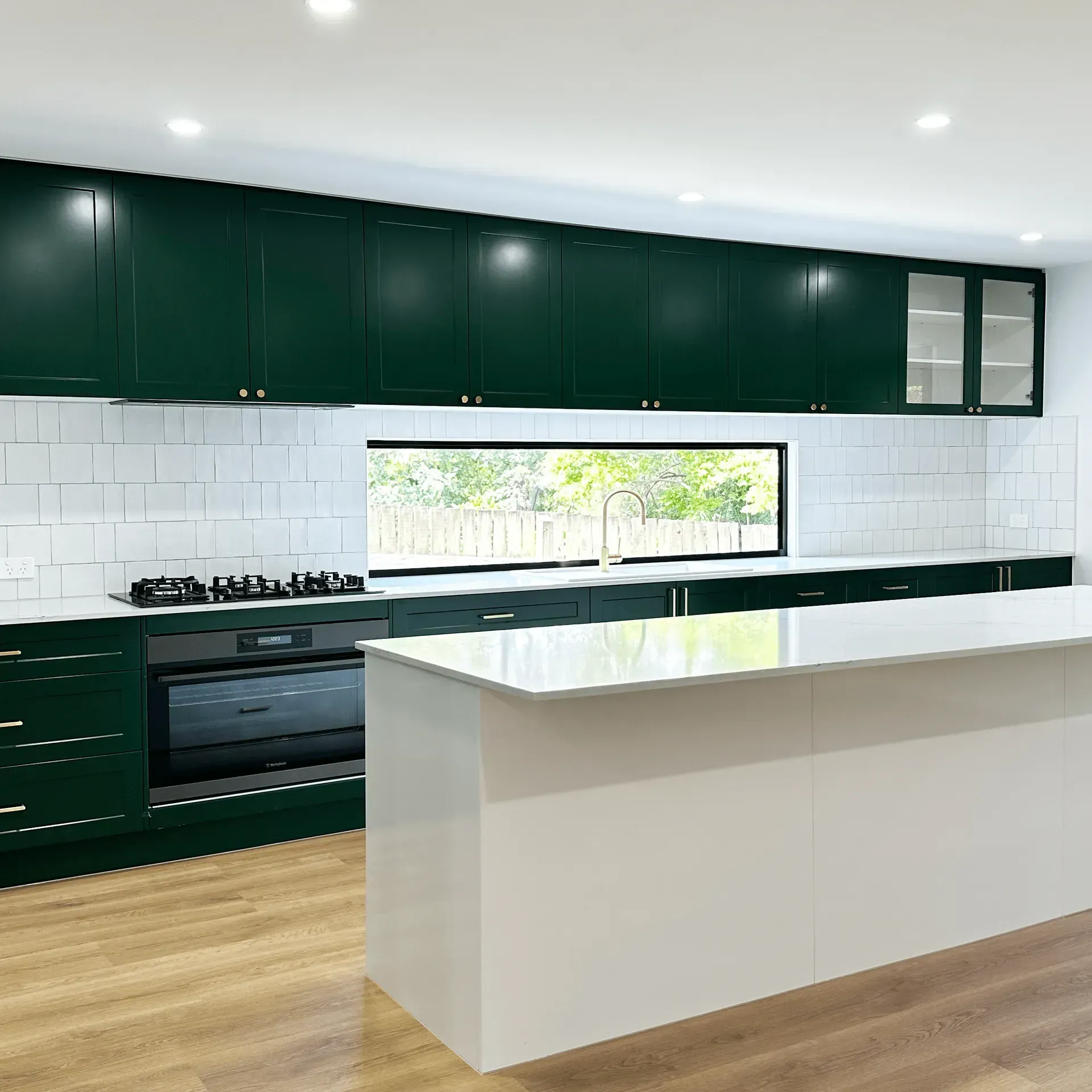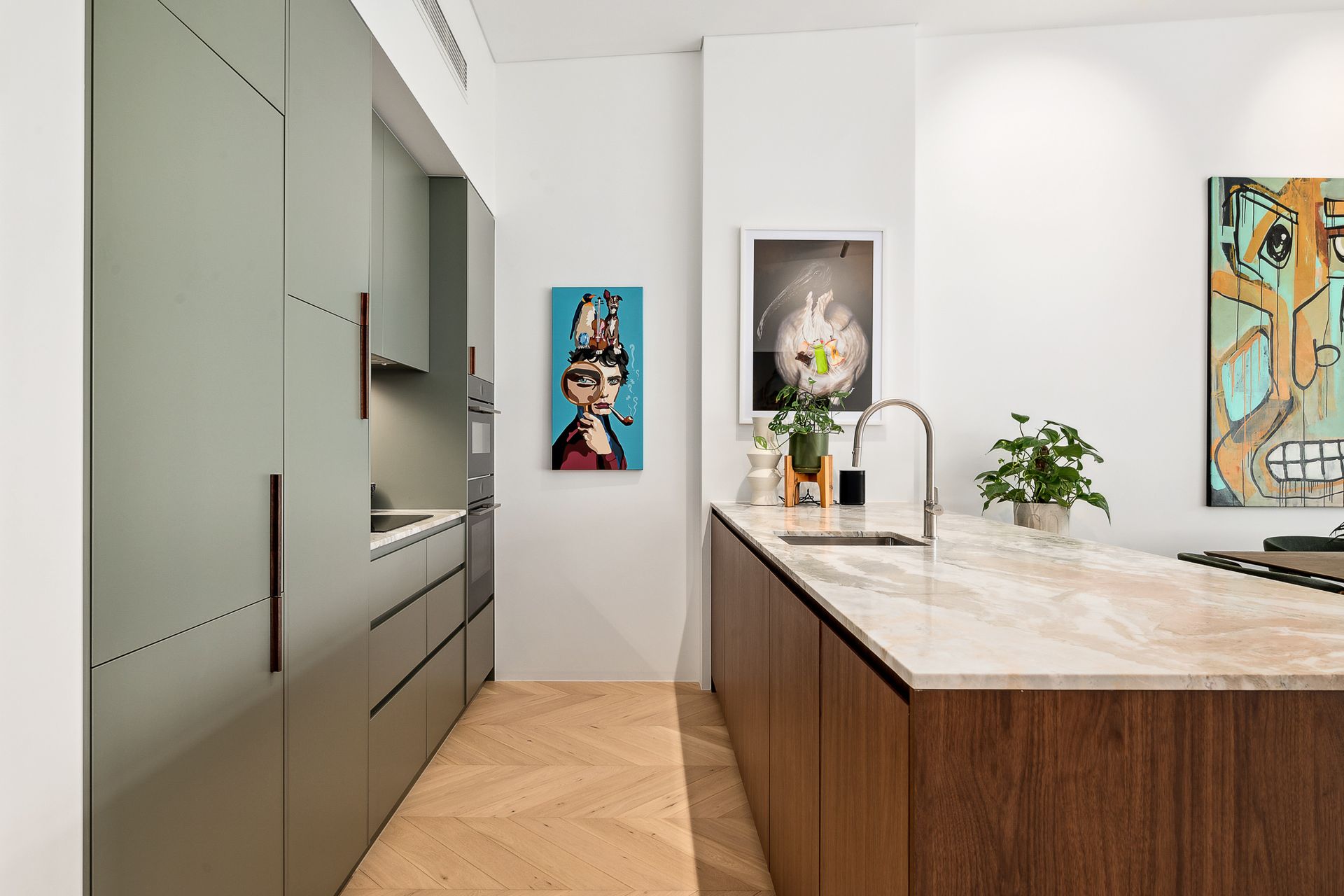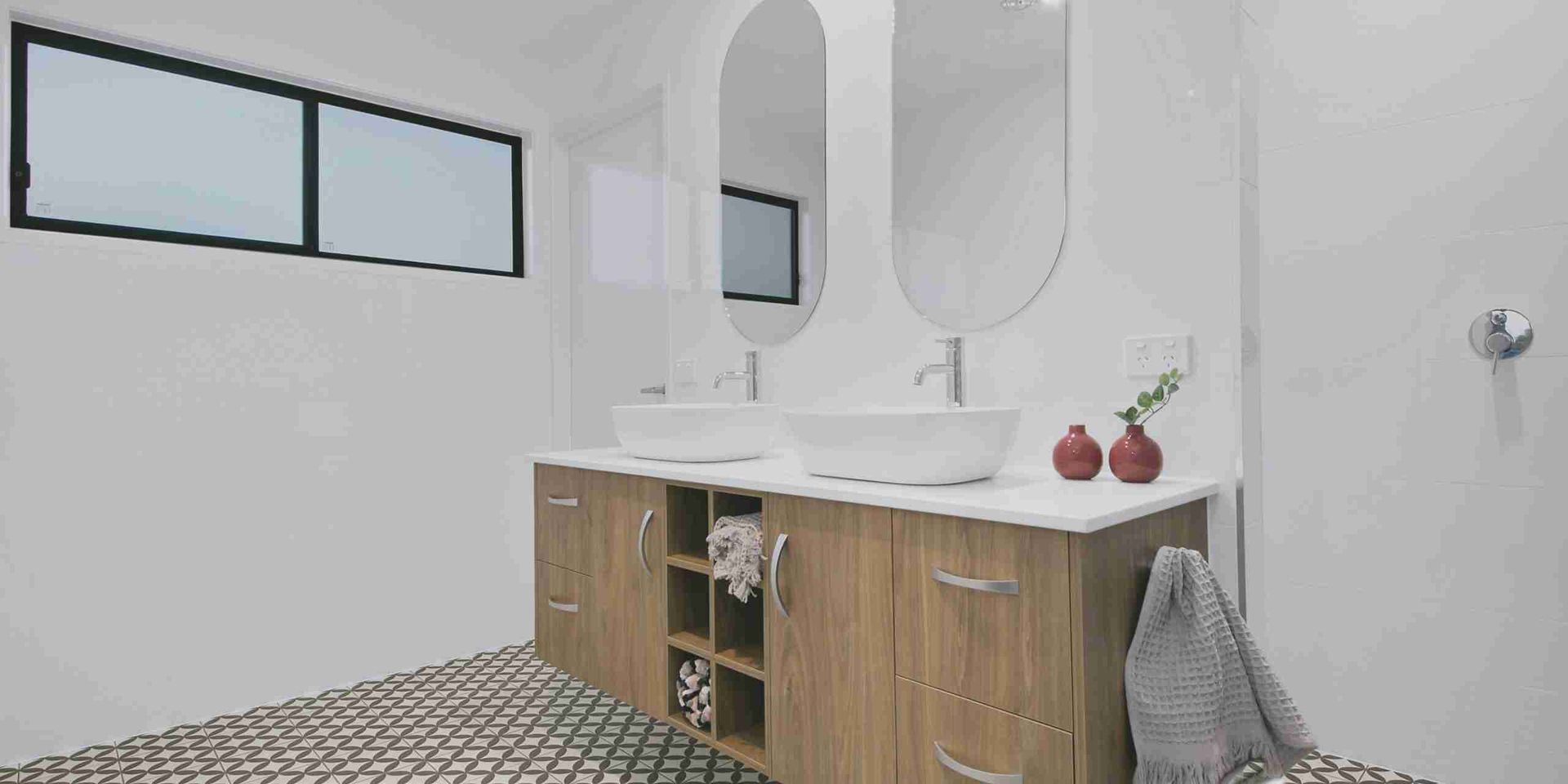Should You Keep the Bath or Replace It? Making the Right Choice for Your Bathroom Renovation
One of the key decisions homeowners face when planning a bathroom renovation is whether to keep the bathtub or replace it with something more practical, like a walk-in shower or a double vanity. The answer often depends on your specific needs, the type of home you have, and your long-term goals. Here’s a closer look at the pros and cons of keeping or removing the bath, and how to make the best choice for your renovation.
The Case for Keeping the Bath
1. Ideal for Families:
In a family home, especially one with multiple bedrooms and bathrooms, keeping a bathtub in at least one bathroom can be a smart decision. Families with young children often prefer baths over showers for their little ones, making a bathtub an essential feature. In a four-bedroom home with an ensuite and a main bathroom, maintaining a bathtub in the main bathroom provides flexibility and ensures that your home meets the needs of future buyers who may also have children.
2. Increases Resale Appeal:
Homes that are likely to appeal to families or multi-generational households often benefit from having at least one bathtub. Potential buyers may see the absence of a bathtub as a drawback, especially if they have young children or enjoy a relaxing soak themselves. By keeping the bath, you can make your home more attractive to a broader market, which could be beneficial if you plan to sell in the future.
3. Spa-Like Experience:
For many homeowners, a bathtub is synonymous with relaxation. If you enjoy long, luxurious baths, keeping the bathtub can enhance your bathroom’s comfort and create a spa-like atmosphere. Whether it’s a freestanding tub or a corner bath, this feature can add a touch of luxury to your home, making it a personal retreat within your living space.
The Case for Removing the Bath
1. Maximising Space:
In homes where space is at a premium—such as townhouses, apartments, or smaller properties—removing the bathtub can free up valuable square footage. This space can be better utilised by installing a walk-in shower or a double vanity, both of which can make the bathroom feel larger and more functional. Walk-in showers, in particular, are a popular choice for modern, minimalist designs, offering a sleek, open look that enhances the sense of space.
2. Lower Maintenance:
Bathtubs can require more maintenance than showers, particularly when it comes to cleaning. Removing the bath in favour of a shower can simplify your cleaning routine, as showers generally have fewer surfaces that need scrubbing. This can be especially appealing for busy professionals or homeowners who prefer low-maintenance living.
3. Cost Considerations:
Renovating a bathroom without a bathtub can be more cost-effective. Bathtubs often require more extensive plumbing work, especially if you’re upgrading to a larger or more luxurious model. By opting for a walk-in shower instead, you may reduce both the installation and long-term maintenance costs. For homeowners looking to keep renovation expenses down, this can be a significant advantage.
4. Targeting the Right Market:
In properties aimed at professionals or couples, such as townhouses or apartments, a bathtub may not be a necessity. In fact, many buyers in these demographics prefer the convenience and modern aesthetic of a walk-in shower. By removing the bathtub, you can tailor your bathroom to suit the needs of your target market, potentially making your property more appealing to the right buyers.
Balancing Functionality and Appeal
When deciding whether to keep or remove the bathtub, it’s important to consider the specific needs of your household and the potential buyers if you plan to sell in the future. Here are some questions to ask yourself:
- Who Will Be Using the Bathroom?
If the bathroom is primarily for children or used by guests, a bathtub may be necessary. However, if it’s an ensuite for a master bedroom, a walk-in shower might be more practical and luxurious.
- What Is the Size of the Bathroom?
In smaller bathrooms, space is often at a premium. Removing the bathtub can open up the room, making it feel more spacious and comfortable. In larger bathrooms, there may be room to incorporate both a shower and a tub, offering the best of both worlds.
- What Are Your Long-Term Goals?
If you plan to stay in your home for many years, prioritise your personal preferences. However, if you’re considering selling in the near future, think about what will appeal to the majority of buyers in your area.
Every Home is Unique
Every home and homeowner has different needs, and the decision to keep or remove a bathtub should reflect those unique factors. At Casey Constructions, we understand that no two renovations are the same, which is why we work closely with you to create a bathroom design that meets your specific goals. Whether you’re looking to maintain the traditional appeal of a bathtub or want to explore modern alternatives like a walk-in shower or double vanity, our team has the expertise to guide you through the process.
Final Thoughts
The decision to keep or remove a bathtub is a significant one in any bathroom renovation. It’s important to weigh the pros and cons based on your current and future needs, as well as the overall layout and style of your home. Whether you’re aiming for a family-friendly space or a sleek, modern bathroom, making the right choice can enhance both your daily living experience and the long-term value of your home.
At Casey Constructions, we’re committed to helping you make the best decisions for your renovation. From the initial consultation to the final installation, we’re here to ensure your bathroom meets your needs and exceeds your expectations. Let’s work together to create a space that you’ll love for years to come.
